Should Diablo 4 really be considered an MMO? Probably not
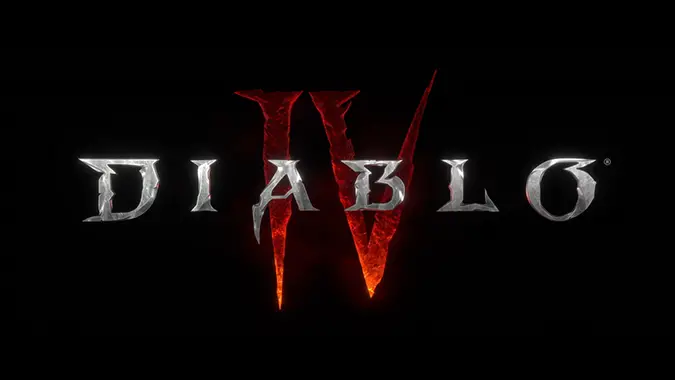
Let’s start with a question — what is the first word that comes to mind when you think of those beautiful Diablo 4 demos from BlizzCon 2019 and clips from BlizzConline? For me, it’s open-world (yes, I know that’s technically two words). But that leads me to ponder: As RPGs move more toward the open-world model, what differentiates them from MMORPGs? And (perhaps the more significant question), should there be more separation or uniqueness between the two?
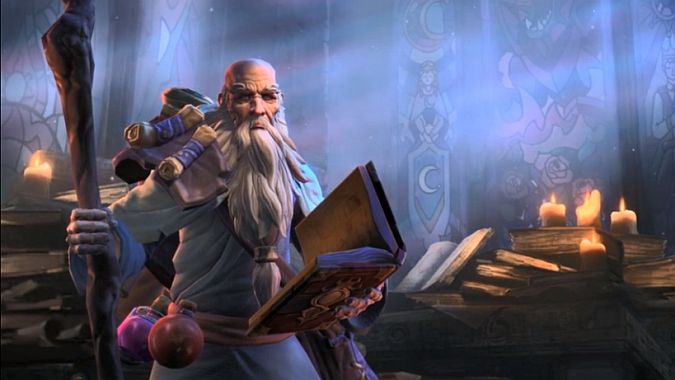
What terms are we using here, and how do we mean them?
MMORPG, ARPG, Isometric, open-world… these are things we hear all the time in gaming. But how much do we understand them? What is the proper use of our gamer lexicon?
- MMORPG (massively-multiplayer online roleplaying game) — In this context, we’re using MMO to refer to games where thousands or even millions of players get together online to play a roleplay-style game. There is a slew of subgenres applied to MMOs, but there are only so many hours of the day here!
- ARPG (action roleplaying game) — These games are more focused on real-time combat. The types more relevant to our topic are the “point-and-click” (referencing mouse use rather than console controller) and “hack-and-slash” (focusing on real-time combat) styles, which include the Diablo franchise. The ARPG genre has much backstory, so I recommend reading up if you’re interested!
- Isometric — To put it simply, this refers to the camera viewing angle in the game. Developers use this method to turn 2D graphics into a 3D environment.
- Open-world — Probably the most open-ended definition, this refers to players freely roaming throughout the video game world; however, it has become synonymous with non-linear gameplay, implying free-form objective progression (AKA, the opposite of D3’s story mode).
- Roguelike — We’ve seen this term tossed around recently about Torghast. Still, it’s technically considered a parallel-to or sub-genre of ARPG. It focuses on requirements such as random dungeon generators, being defined by runs instead of save points, and hack-and-slash gameplay.
Vocabulary established. Now let’s use it.
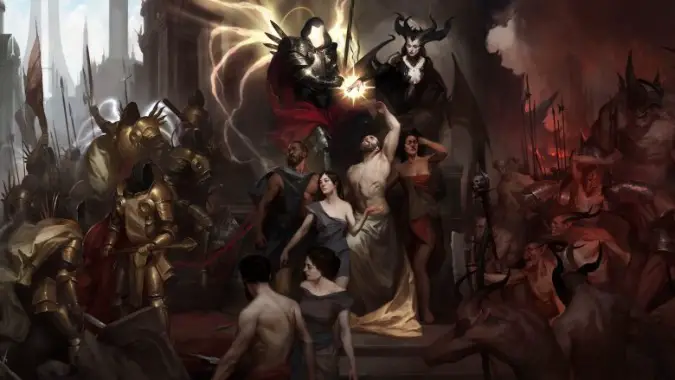
The now and future Diablo franchise
Diablo historically has been an isometric (A)RPG. I put the (A) in parentheses because, depending on who you are talking to, we could use the point-and-click or hack-and-slash sub-genres. Regardless, it has generally taken over as a traditional example of the ARPG genre from games like the Zelda franchise.
It’s important to note that Diablo Immortal will already technically qualify as an MMO — albeit a mobile MMO. Players experience the world in a “persistent, always-online adventure.” The title will feature social hubs, dynamic world events, and group dungeon runs. Immortal bridges the stories between D2 and D3, falling just 5 years after the events of D2 as players seek the shards of the Worldstone.
During D4‘s unveiled at BlizzCon, the panels emphasized seamless exploration and of the new open-world design. Demos had players collaborating against world bosses for open events, fights where you’ll come across a giant invading demon, and “it’s gonna take more than the people in your party to fight it.” And boy, those fights looked like a lot of fun.
The maps previewed and inclusion of mounts also emphasize the scale players are facing in D4. The world of Sanctuary is about to get a lot bigger, and we’re going to need that mobility. But it does call to mind another Blizzard game.
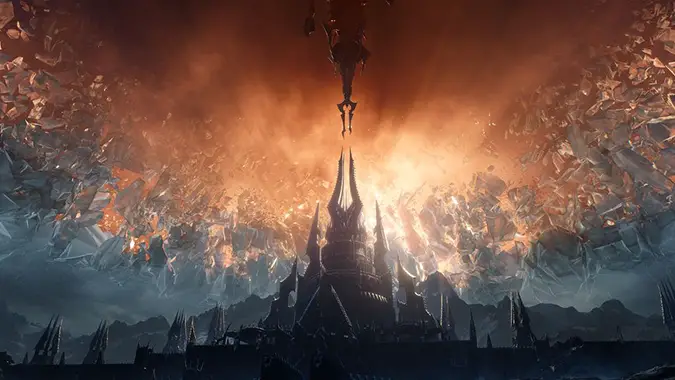
Bringing the roguelike to World of Warcraft
WoW has already been influenced by several features initially implemented in D3. The current iteration of the WoW transmog system, for one, was born out of improvements developed when D3 added the Mystic. Socketing gems into items has roots in D2. Spells and gear have crossed franchises. WoW even has a “there is no cow level” loading screen tip.
Most notable is the new Torghast dungeon added in Shadowlands. Blizzard has clearly stated that Torghast is “inspired by roguelike games.” It’s hard to disagree with its ever-changing maps and replayability. Progression through the Tower of the Damned results in increasing difficulty and complexity; the higher you climb, the more difficult the traps and enemies holding the keys. Your run is over when repeated deaths trigger the appearance of the Tarragrue, a giant unkillable creature that will kill you if it catches you. Our alpha runners have been having a blast exploring all the features and seeing how Blizzard has improved on the model introduced with Horrific Visions.
With all these inclusions in WoW, why continue making two games?
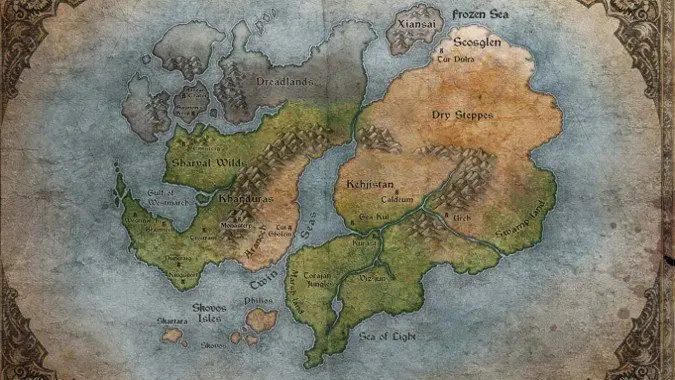
How Diablo and World of Warcraft differ
Yes, they’re both RPGs, but the Diablo and Warcraft franchises have some pretty significant differences.
First off, the tones of the two are significantly different. While I wouldn’t necessarily call WoW a happy-go-lucky game, bright landscapes and beautiful architecture are the prevailing themes. Just picture Suramar — supposedly thousands of years old and utterly gorgeous while also showing an evident influence on the Night Elves and Blood Elves’ designs. On the flip side, Diablo is gritty. During his introduction of D4 during BlizzCon 2019, Game Director Luis Barriga summarized the new title as “darkness, world, and legacy.” Speculation has abounded how those three will show up in the title, but everything we’ve seen so far supports this claim.
Additionally, the base stories are significantly different. Yes, both start in major wars — The Sin War and The War of the Ancients. However, even the roots of those events differ. Diablo focuses on themes more traditionally seen in religion: the Eternal Conflict between the angels of the High Heavens and the Burning Hells’ demons. However, the Eternal Conflict was really over the Worldstone and its powers to shape the universe and create life. The Worldstone is, in fact, part of the origin of Sanctuary! Meanwhile, the backstories of Warcraft are much more tied in traditional, Tolkein- or D&D-style fantasy — Elves, Orcs, Trolls, Dwarves, and so on, interacting together in the world. There are still invading demons, but these are demons from the far reaches of space.
Lastly, let’s review the social aspects of the two franchises. Up to five people party up for WoW’s dungeons, and raids are larger 10/25-person affairs, although the social aspects of both have changed since the introduction of LFG/LFR. Guilds in WoW are social groupings based around shared goals (such as mythic raiding) or social interests. The closest social alliance in D3 would be clans, which are invitation-only, involve individual membership (you can’t be in two at once), and have a cap of 120 people. Meanwhile, D3 communities have no cap on headcount (and are not single-membership-only) and are based around a specific goal (like Seasonal Powerleveling) or language. Grouping is a smaller scale, with a four-player group max to run bounties or Greater Rifts. As an MMO, it makes sense that WoW would be a more socially-oriented game, but it can make D3 feel lonely on occasion.
And now, for the question that you all want to be answered.

So, should D4 be considered an MMO?
Short version: I’m not as certain anymore.
I previously stated that I don’t think D4 would benefit from the MMO tag, and I still feel that way. MMOs can feel formulaic and are developing towards a wide and varied player base. The developers are working towards making D4 accessible to players of different skill levels but have made it clear they want to stay true to the Diablo franchise’s foundations. Things like rep grinds make no sense in a franchise like Diablo, where a design goal is to leave the players wondering if they will be successful. The “day late and dollar short” mentality just doesn’t fit with MMO games.
However, the details of broader PVP features in addition to the open-world experience have me questioning. During BlizzConline developer interviews, Blizzard described Diablo 4’s shared world would “provide the benefits of an online MMO and the benefits of a single-player game.” There will be facets of the game, story areas that players will come across and interact with within the open world, independent from the “open” aspect. However, with central hub cities, the Fields of Hatred, and world bosses, the demarcation between MMO and not is looking a lot thinner.
It’s important to remember that as much sharing as we receive with the quarterly developer blogs, this title is still far from release. Things could change at any given time. What we see at future BlizzCons or the release of the game could differ wildly from the information we currently have. But, in the absence of news, all we can do is ponder the question: What will we see from Sanctuary next?
Originally published 5/12/2020, updated 3/26/2021
Please consider supporting our Patreon!
Join the Discussion
Blizzard Watch is a safe space for all readers. By leaving comments on this site you agree to follow our commenting and community guidelines.
 @lizexmachina
@lizexmachina



